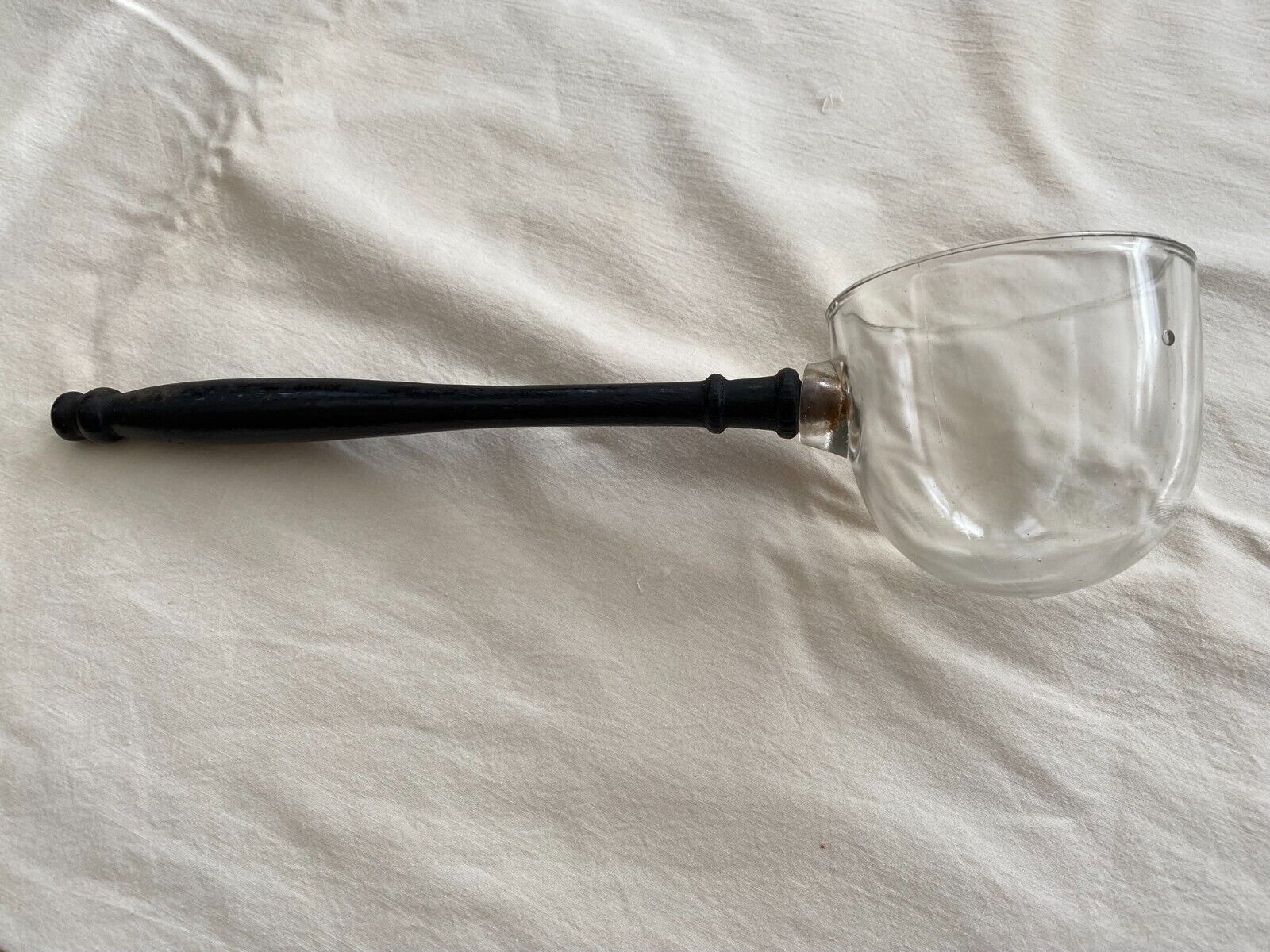-40%
Antique Cobalt Medicine or Poison bottle Early 1900s Raised Dot on Bottom
$ 10.56
- Description
- Size Guide
Description
This is an early, vintage cobalt blue medicine or poison bottle with a raised dot on the bottom. The small, wide-mouth cork-topped, medicine bottle likely was made by Maryland Glass as they were known for manufacturing early cobalt bottles. Bottles such as this often contained Emerson's Bromo Seltzer. In fact, I have had several bottles that were embossed Bromo Seltzer that were identical in size and shape. The bottle may also have contained poison. Poison bottles in the early 1900s frequently employed the use of vivid color, odd shapes, and raised dots so that they would not be mistaken for something else. This bottle is machine produced, dating it post 1900 but had a cork top, likely dating somewhere between the 1910s and 1930s. My father, an avid bottle digger, found the bottle more than 40 years ago in the ruins of an old home Virginia. The bottle is in great shape, free of breaks or cracks. The color is a deep, vivid cobalt blue. The bottom of the glass is unevenly poured, another sign of age. There are also age related bubbles in the glass. The vintage remedy bottle or poison bottle measures about 2.75" tall and 1.25" wide.Bromo Seltzer was a headache remedy introduced by Isaac Emerson of the Emerson Drug Company of Baltimore, MD, starting around 1889. Emerson attended the University of North Carolina in Chapel Hill and graduated in 1879 as a chemist. He moved to Maryland where he came up with his headache remedy based on Sodium Bromide, a tranquilizer. Emerson claimed that the product was a "cure-all", touted to cure many diseases of the era. The main ingredient of Bromo Seltzer was acetanilid, now known to be poisonous. Bromo Seltzer was the focus of many articles on medicine fraud in the early part of the 20th century.












